19 Replacing Milk with Heavy Cream in Recipes
Substitute options for heavy whipping cream instead of milk can transform your recipes while maintaining necessary texture and flavor profiles.
A shortage of cream or dietary restrictions often prompts cooks to seek replacements.
The best choice depends on the dish and desired richness.
Some alternatives offer lower fat or plant-based profiles without sacrificing mouthfeel.
Professional chefs frequently rely on common pantry items to emulate cream’s luxurious texture.
Minor adjustments in proportions enable excellent results indistinguishable from traditional cream.
This guide highlights optimal swaps for all cooking situations.
The Role of Milk in Creamy Dishes
Milk is a key ingredient in making creamy dishes rich, smooth, and satisfying, and it helps tie together flavors in both savory and sweet recipes:
Top Substitutes of Heavy Whipping Cream for Milk
Missing heavy whipping cream for milk doesn’t have to slow you down. There’s always another way to prepare it. Cooking can move along without any stress.
Heavy Cream
Substituting heavy cream for milk in recipes offers a richer, more decadent flavor due to its thicker consistency and velvety texture.
Recipes often call for this ingredient when extra fat is needed to create luscious toppings or when whipped with powdered sugar for desserts.
Adding stabilizers like piping gel can turn heavy cream into a perfect frosting that holds its shape beautifully.
For times when you need to make heavy cream less intense, simply mix equal parts cream and water to achieve a consistency closer to milk.
This simple swap works wonderfully in most dishes where milk is called for, though the final result will be slightly richer than the original recipe intended.
Half & Half
Substituting ingredients can be a game-changer in your kitchen, with half-and-half being a perfect example when you mix equal parts milk and heavy cream.
Many cooks rely on this versatile blend for recipes needing something richer than milk but lighter than pure cream.
The high fat content makes it excellent for sauces, soups, and gravies since it won't curdle when heated to boiling temperatures.
For those times when milk isn't available, simply combine three-quarters cup of half-and-half with one-quarter cup of water to achieve similar results.
Smart substitutions like these can save your recipe when you're missing an ingredient or want to adjust the richness of your dish.
Evaporated Milk
Substituting evaporated milk for heavy cream offers a great way to add richness to dishes without all the extra fat, making it perfect for sauces, soups, and baked goods.
Many people confuse sweetened condensed milk with evaporated milk, but they're quite different - evaporated milk undergoes a process that removes water content, giving it a deeper color and thicker consistency without added sugar.
The long shelf life of evaporated milk makes it a handy pantry staple when fresh dairy isn't available or when you're watching calories.
Milk Powder
Powdered milk is a convenient pantry staple created by removing all moisture from evaporated milk, making it last significantly longer than fresh dairy products.
Many bakers rely on this shelf-stable ingredient when preparing breads, cakes, and other baked goods that require milk but don't want to make a special trip to the store.
Smart shoppers often keep it on hand for emergencies or camping trips where refrigeration isn't available.
Athletes and health-conscious individuals sometimes add it to smoothies and protein shakes for an extra nutrition boost without additional liquid.
The mild flavor works well in most recipes calling for regular milk, though some people notice a slight difference in taste compared to fresh varieties.
Yogurt
Yogurt is an excellent substitute for milk in baking, adding both moisture and better texture to your creations without complex measuring conversions.
Plain yogurt works better than Greek varieties because it has a thinner consistency that more closely mimics milk's behavior in recipes.
Flavors from other ingredients will shine through more clearly when you avoid using yogurts with added sweeteners or fruit mix-ins.
Many bakers appreciate how seamlessly yogurt blends into batters and doughs while still providing the protein and calcium found in traditional milk.
The fat content makes a difference too, so regular yogurt typically yields more tender results than nonfat options in most baked goods.
The Sour Cream
Sour cream offers a superior alternative to yogurt, delivering exceptional moisture and texture to your recipes with its rich creaminess.
Many bakers prefer sour cream because it has a milder acidity level compared to yogurt, making it perfect for dishes where you don't want that sharp tang.
For best results, simply replace milk with an equal amount of sour cream in your favorite baked goods.
This simple switch creates incredibly moist cakes, tender muffins, and flavorful quick breads that stay fresh longer.
The subtle tangy flavor complements both sweet and savory dishes without overpowering other ingredients.
Other Great Substitutes of Heavy Whipping Cream for Milk
No heavy whipping cream? That’s not the end of the recipe. Just a quick change and you’re good to go.
Almond Milk
Substituting almond milk for regular dairy in baking works perfectly with a simple cup-for-cup ratio, though keen bakers may notice some textural differences in the final product.
The lower fat content in this dairy-free alternative creates a less rich outcome, which can be ideal for lighter desserts or when cutting calories.
Many home cooks appreciate how almond milk adds its subtle nutty undertones to cookies, cakes, and muffins, giving familiar recipes an interesting flavor twist.
Some recipes might need minor adjustments, like adding a touch more fat through oil or butter to compensate for the thinner consistency of plant-based milk.
Soy Milk
Replacing dairy milk with soy milk offers an excellent alternative for those seeking non-dairy options since it can be used in the same amounts as regular milk.
The thicker consistency of soy milk mimics dairy milk wonderfully, helping maintain the expected texture in baked goods and other recipes.
Most people appreciate that soy milk has a relatively neutral taste compared to other plant-based milks, which means your favorite dishes won't suddenly taste different.
Soy milk also packs a decent amount of protein, making it nutritionally closer to cow's milk than many alternatives.
For best results in cooking, choose unsweetened varieties unless your recipe specifically needs sweetness.
Coconut Milk
Substituting regular dairy with coconut milk brings a tropical twist to your drinks and recipes, as it's crafted from water and coconut cream.
The rich, creamy texture makes coconut milk stand out from other plant-based alternatives, though it does contain more fat and fewer carbs than nut or grain options.
Most people should be mindful that one cup delivers about 4g of saturated fat, which represents 20% of the daily recommended intake.
The satisfying consistency typically means you need less of it when adding to coffee or tea.
Many fans appreciate how this simple swap can transform ordinary beverages into something that feels a bit more special and indulgent.
Oat Milk
Substituting oat milk in your drinks and recipes offers a creamy texture with a mild flavor that blends perfectly with coffee, tea, cereal, or smoothies.
One key benefit comes from its added fiber content, which helps you feel fuller longer compared to other plant-based alternatives.
The protein content falls short at only 2-4 grams per cup, significantly less than the 8 grams found in cow's milk or soy options.
For those watching their calorie intake, the slightly higher calorie count compared to unsweetened almond milk might be worth considering.
Despite these minor drawbacks, many people choose oat milk for its pleasant taste and smooth consistency that closely mimics traditional dairy.
Rice Milk
Rice milk is a simple dairy substitute made from just rice and water, perfect for those with nut or legume allergies.
Most people find its naturally mild flavor needs sweetening, which explains why many store-bought versions contain added sugar.
The unsweetened variety is one of the lowest-calorie milk alternatives on the market, making it attractive for calorie-conscious consumers.
Many nutritionists recommend exploring other plant-based options first since rice milk offers less protein and natural nutrients than almond, soy, or oat alternatives.
For the best nutritional balance, look for fortified versions that include added calcium and vitamins to compensate for what rice naturally lacks.
Cashew Milk
Substituting cashew milk for dairy in tea or homemade lattes creates an exceptionally creamy experience without the heaviness of traditional milk.
The subtle nutty flavor pairs wonderfully with matcha, giving you that midday mental clarity boost from L-theanine without any dairy-related sluggishness.
Making cashew milk follows the same simple process as almond milk; soaking, blending with water, and straining; resulting in a similar low-calorie profile of just 40-50 calories per cup.
From a health perspective, cashews provide important minerals like zinc, copper, and magnesium that support immune function and overall wellness.
Flax Milk
Flax milk offers a nutritious alternative to dairy, containing just 70 calories per cup while delivering impressive health benefits.
The combination of water, flaxseed oil, and pea protein creates a drink that shares many nutritional qualities with pea milk.
Rich in alpha-linolenic acid, this plant-based option helps strengthen your immune system and may reduce heart disease risk over time.
Many people appreciate its mild flavor that works well in smoothies, cereals, and coffee without overpowering other ingredients.
Manufacturers often add calcium and vitamin D to ensure consumers don't miss out on these essential nutrients found in traditional dairy products.
Hemp Milk
Hemp milk is a nutritious option in the hemp product market, created by blending hulled hemp seeds with water.
This dairy alternative offers valuable nutrients including magnesium, calcium, and vitamin D when fortified, plus essential omega-3 and omega-6 fatty acids that support immune function and brain health.
Each cup provides about 3g of protein at just 60 calories, making it a lightweight but nourishing choice for many diets.
The downside is its minimal fiber content compared to other seed-based milks on store shelves.
Walnut Milk
Walnut milk offers a fantastic way to boost plant-based omega-3s in your diet, despite providing less than eating whole walnuts.
The slightly earthy flavor sets this milk apart from other alternatives while delivering 3g of plant protein for just 120 calories.
Many people enjoy adding this nutritious option to their morning tea, coffee, or smoothies where it perfectly balances sweet fruits.
Health-conscious individuals appreciate how easily walnut milk incorporates into everyday recipes without overpowering other ingredients.
Such a simple substitution can significantly enhance the nutritional profile of your favorite beverages throughout the day.
Macadamia Milk
Macadamia milk can be used as a substitute for heavy whipping cream in dairy-free recipes, especially when a creamy texture is desired.
It has a naturally rich, buttery flavor that closely mimics cream.
Though lower in fat, it offers more body than many plant-based milks.
For best results, choose an unsweetened and barista-style version, which is thicker.
Use it in a 1:1 ratio in soups, sauces, or coffee, but it won’t whip like heavy cream.
Its mild taste works well in both sweet and savory dishes.
While not ideal for recipes needing volume or stiffness, it’s a smooth and flavorful non-dairy alternative.
Pistachio Milk
Pistachio milk can serve as a light substitute for heavy whipping cream in dairy-free recipes, though it won’t match the fat content or whipping ability.
Its naturally creamy texture and rich, nutty flavor make it a good option for adding body to soups, sauces, or baked goods.
For better thickness, you can reduce it on the stovetop or blend it with a small amount of oil or starch.
Use it in a 1:1 ratio for cooking, but avoid it in recipes that require whipped cream volume or structure.
Choose unsweetened versions to control sweetness.
Its distinctive pistachio flavor adds a unique twist to both sweet and savory dishes.
While not a perfect match, it’s a flavorful plant-based alternative for creamy results.
Hazelnut Milk
Hazelnut milk is a delicious dairy alternative with its naturally sweet, nutty flavor that many people enjoy in coffee or smoothies.
This plant-based option contains just 30 calories per cup along with 3g of fat, making it lighter than many other milk substitutes.
The modest amounts of sodium (90mg) and small quantities of fiber and protein (1g each) make it a reasonable choice for those watching their nutritional intake.
Hazelnuts themselves are packed with beneficial antioxidants and heart-healthy omega-3 fatty acids, though these nutrients become less concentrated when processed into milk form.
Water
Milk substitutes can save your recipe when you're out of the dairy staple, with water being the simplest option for small amounts under a quarter cup.
Adding a tablespoon of butter per cup of water helps recreate some of the richness that plain milk would provide.
Other common alternatives include plant-based milks like almond or soy, which work well in most recipes but may alter the flavor slightly.
Yogurt thinned with water offers another quick fix that maintains the creamy texture many recipes need.
For baking projects, buttermilk substitutes can be made by adding a tablespoon of lemon juice to regular milk and letting it sit for a few minutes.
Common Issues When Cooking with Milk Alternatives
Using milk alternatives in cooking is a great way to make dishes dairy-free or vegan, but a few common problems can pop up if you’re not prepared:
Thin Texture
Many plant-based milks like almond or rice milk are thinner than dairy milk, leading to less creamy sauces or soups. Use barista/full-fat versions or add cornstarch to thicken.
Separation
Some non-dairy milks can separate when heated, especially soy or oat. Stir often, heat gently, and avoid boiling to keep your dish smooth.
Sweetness Surprises
Some milk alternatives are sweetened, even “plain” ones, so always taste before adding more sugar to recipes like sauces or baked goods.
Flavor Differences
Plant milks like coconut or hemp have distinct flavors, which can overpower delicate dishes. Choose a mild, unsweetened option for savory recipes.
Curdling in Acidity
Almond or soy milk can curdle with acidic ingredients like lemon juice or tomatoes. Add acid slowly and stir well, or use a more stable milk like oat or coconut for these recipes.
Browning Issues
Non-dairy milks sometimes brown less or more quickly in baked goods. Keep an eye on your oven and use the toothpick test for doneness.
Creamy Milk Substitutes: What Readers Ask Most
1. What can I use as a creamy milk substitute in recipes?
You can use coconut milk, cashew cream, soy cream, oat milk, or unsweetened condensed coconut milk as creamy substitutes for dairy milk.
2. Will using a milk substitute affect the texture of my dish?
Yes, some alternatives may be slightly thinner or thicker than dairy milk, so choose one with a texture close to what your recipe needs.
3. Can I use plant-based creamers in place of heavy cream?
Yes, plant-based creamers made from soy, coconut, or oats work well in most recipes that call for heavy cream.
4. Are there nut-free options for creamy milk substitutes?
Oat milk, soy milk, and rice milk are all nut-free and can offer creaminess without any nut ingredients.
5. Is there a substitute that doesn’t taste strongly of coconut?
Oat milk, soy cream, and cashew cream have milder flavors compared to coconut milk, making them better for neutral-tasting dishes.
6. Will a substitute work for both cooking and baking?
Most creamy milk alternatives can be used in both cooking and baking, but it’s best to match the substitute’s thickness to your recipe.


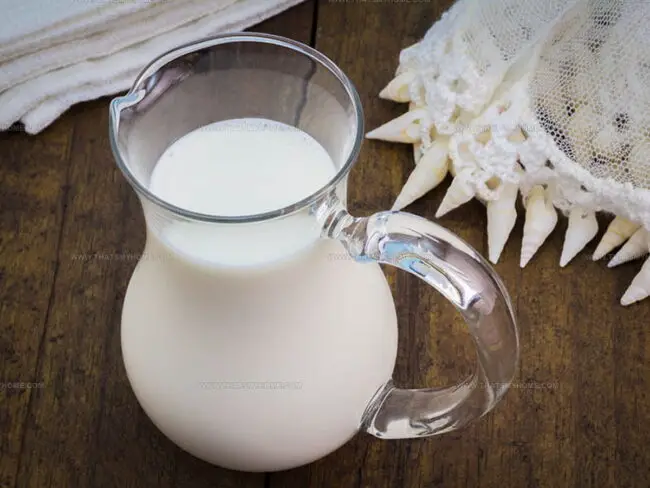
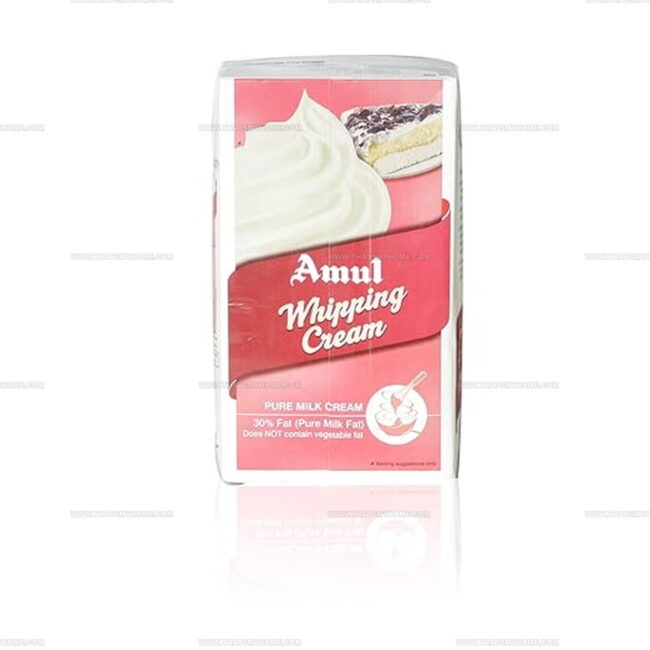
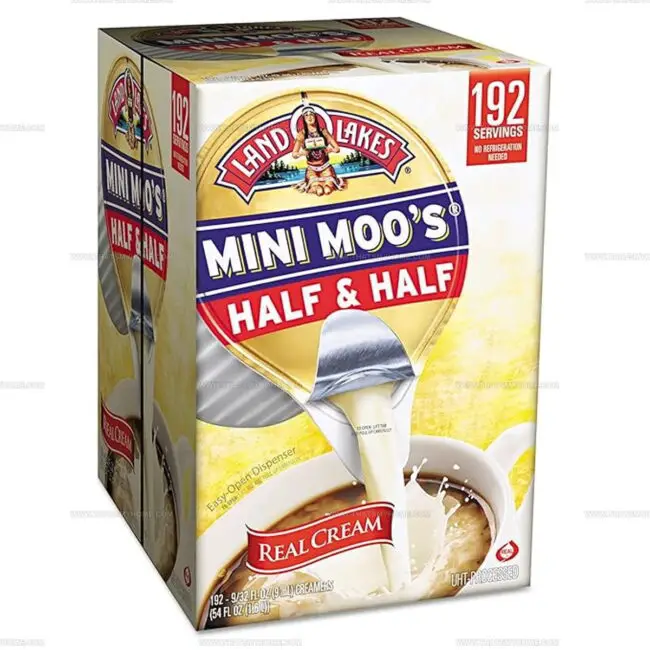
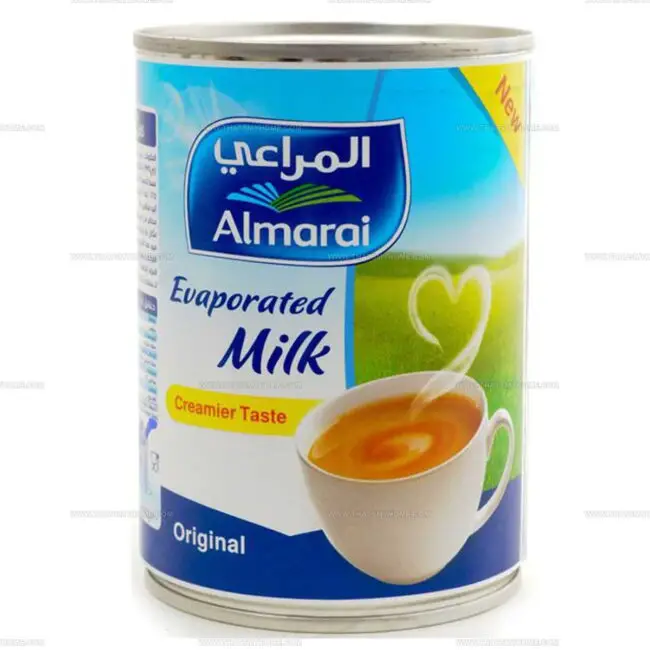
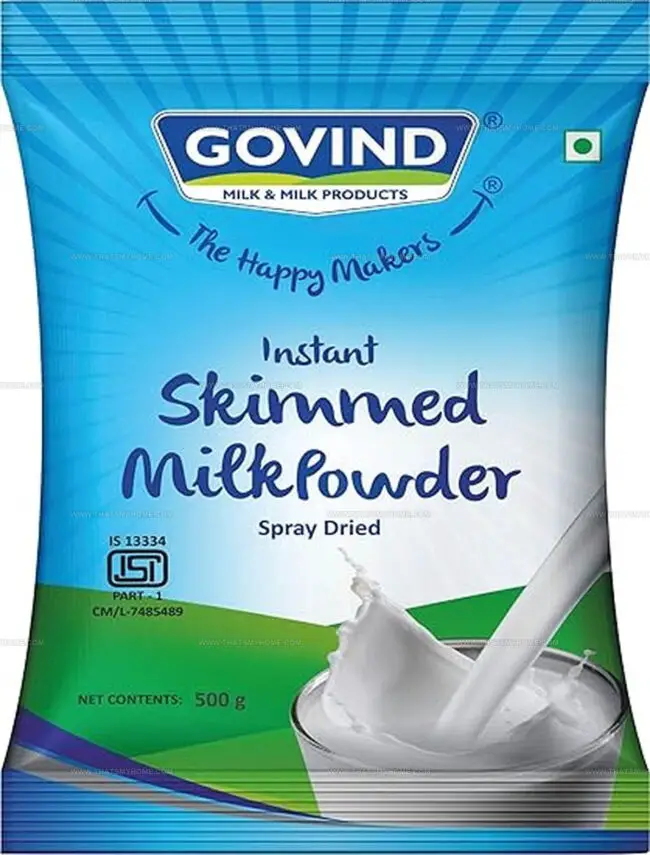
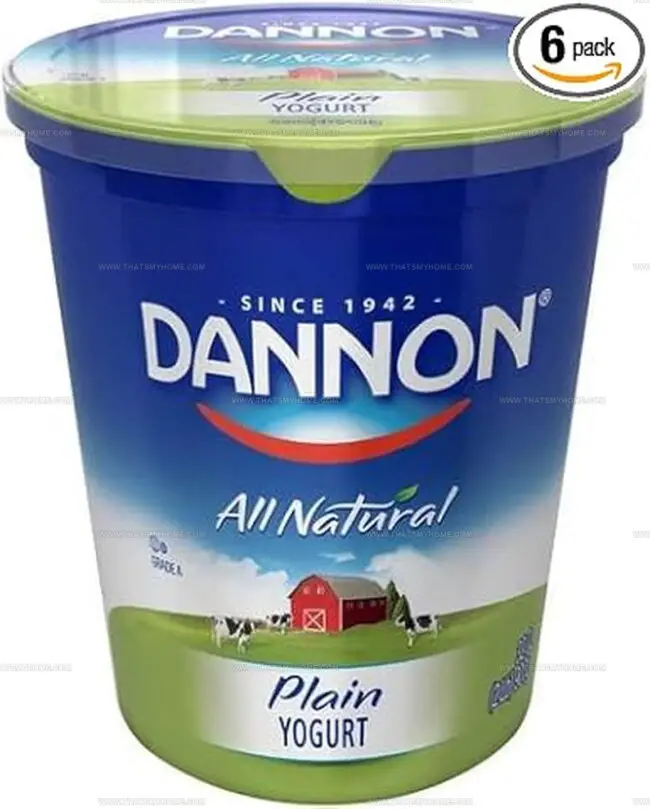

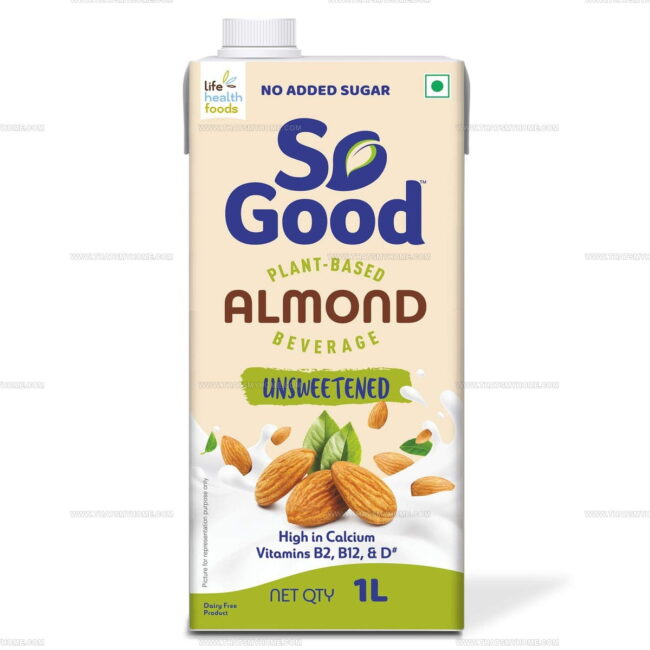
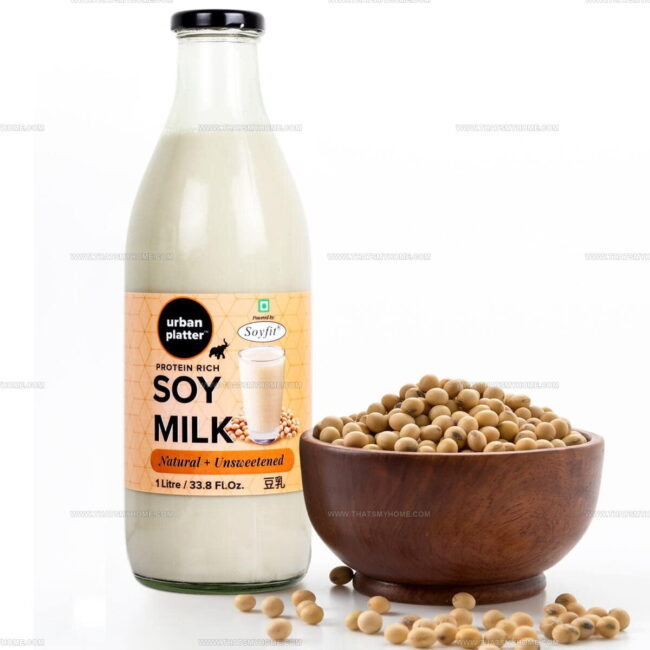
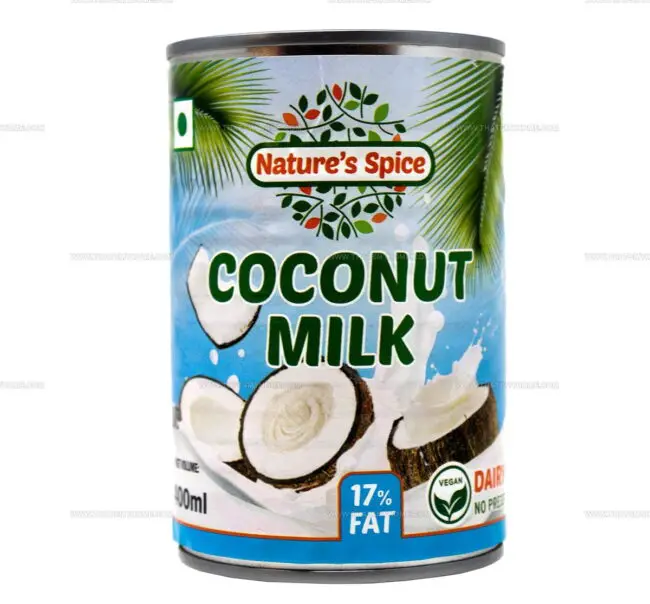
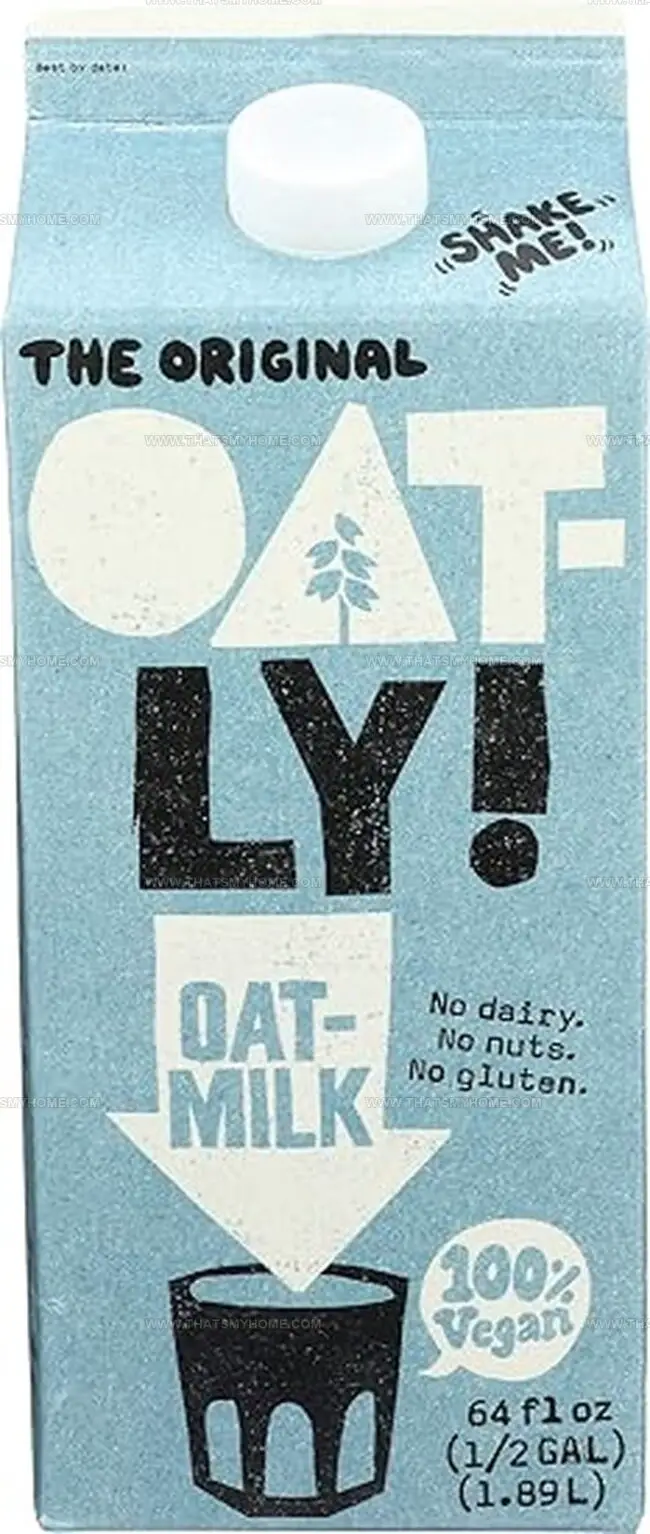
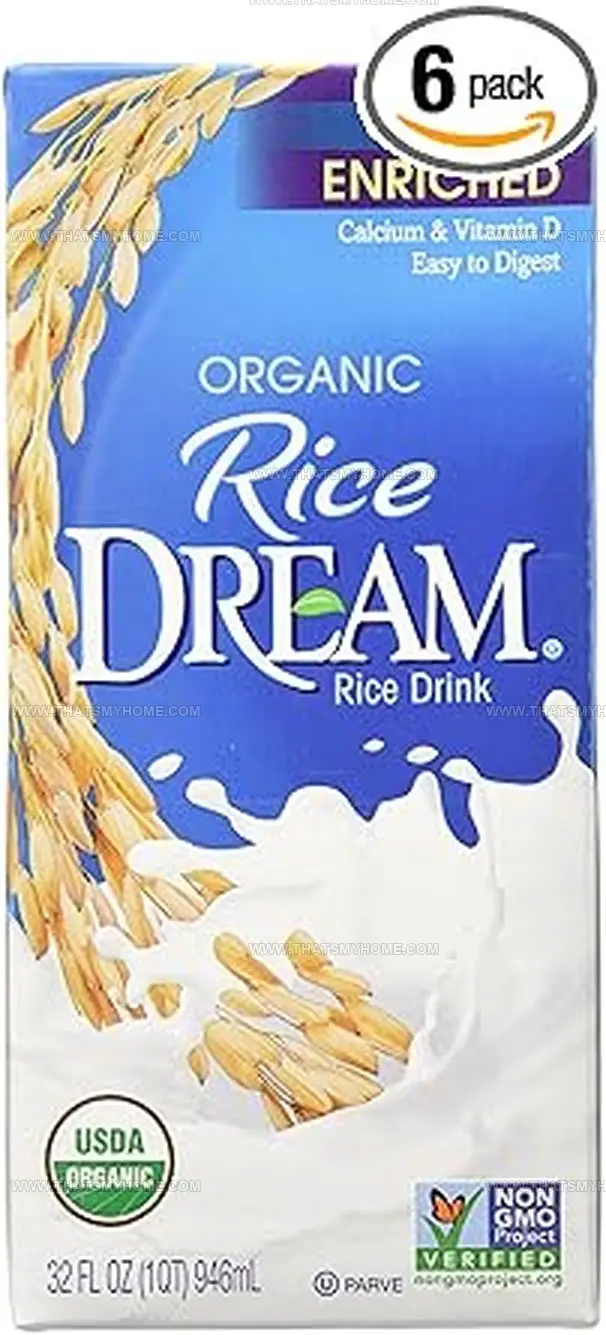
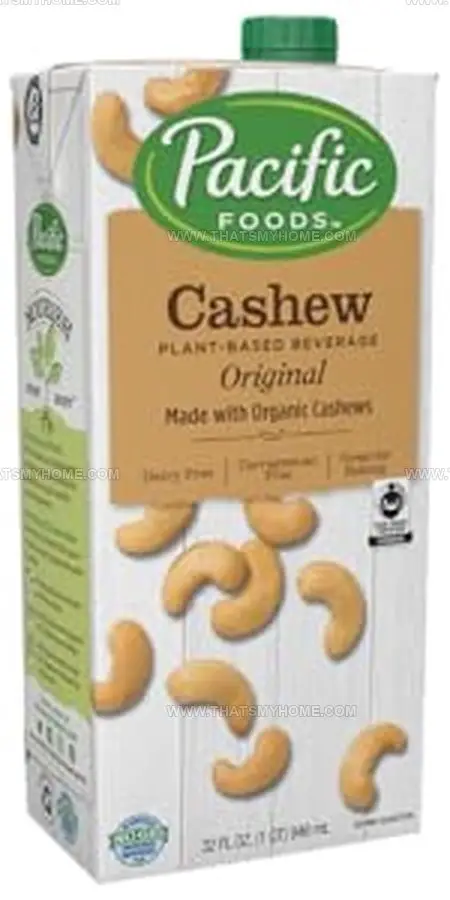

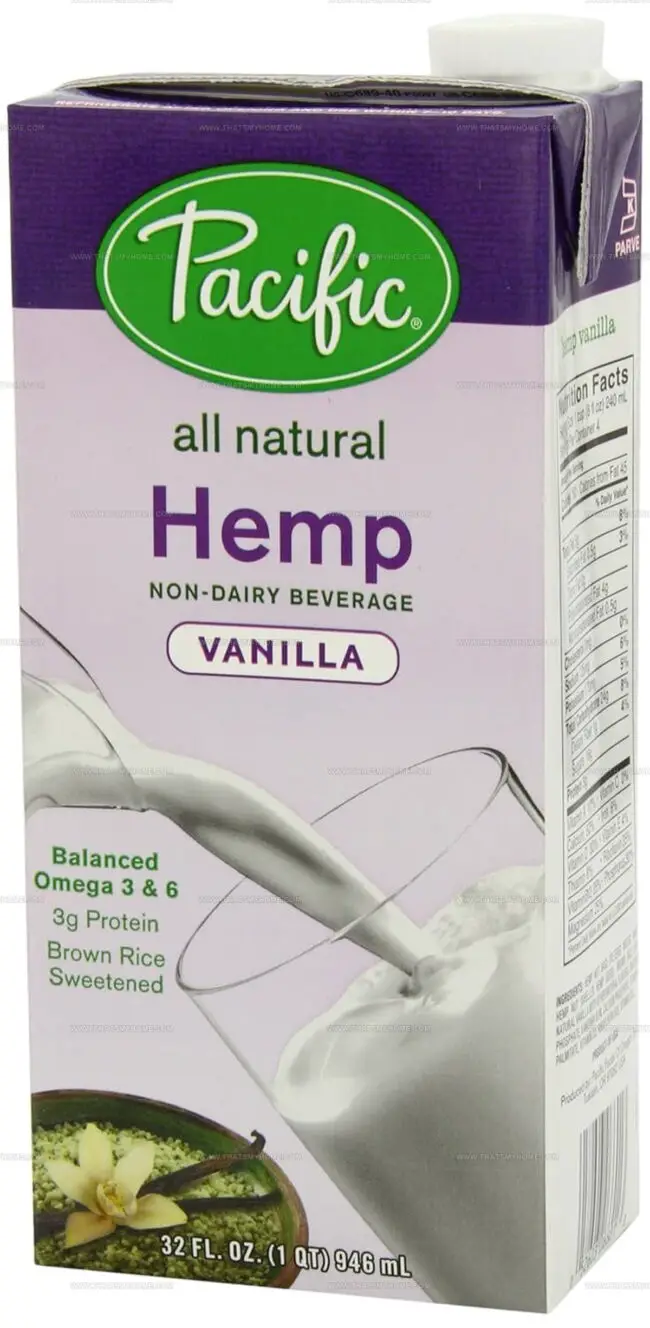
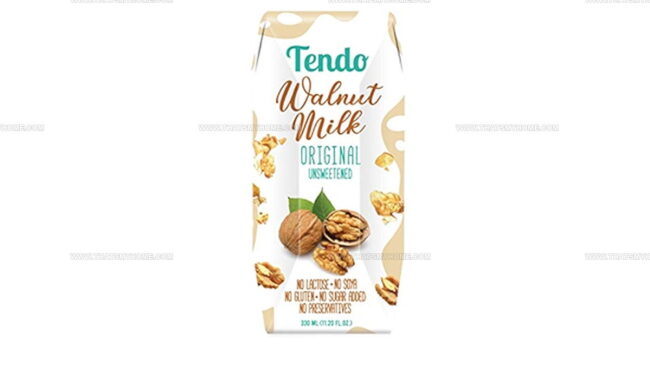
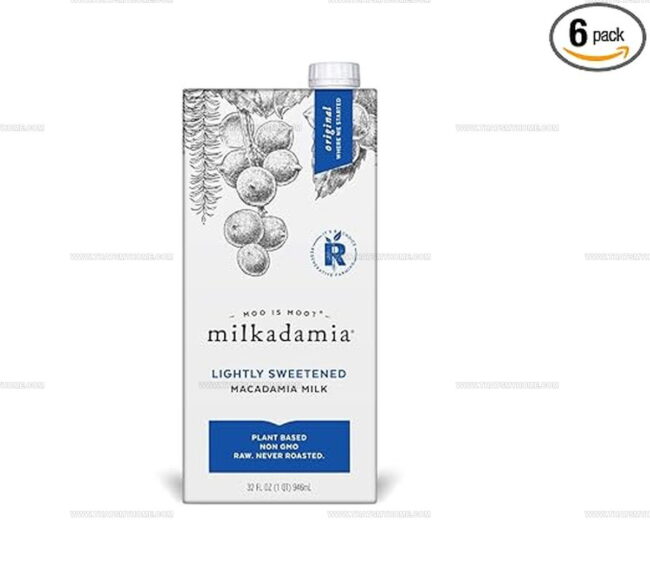
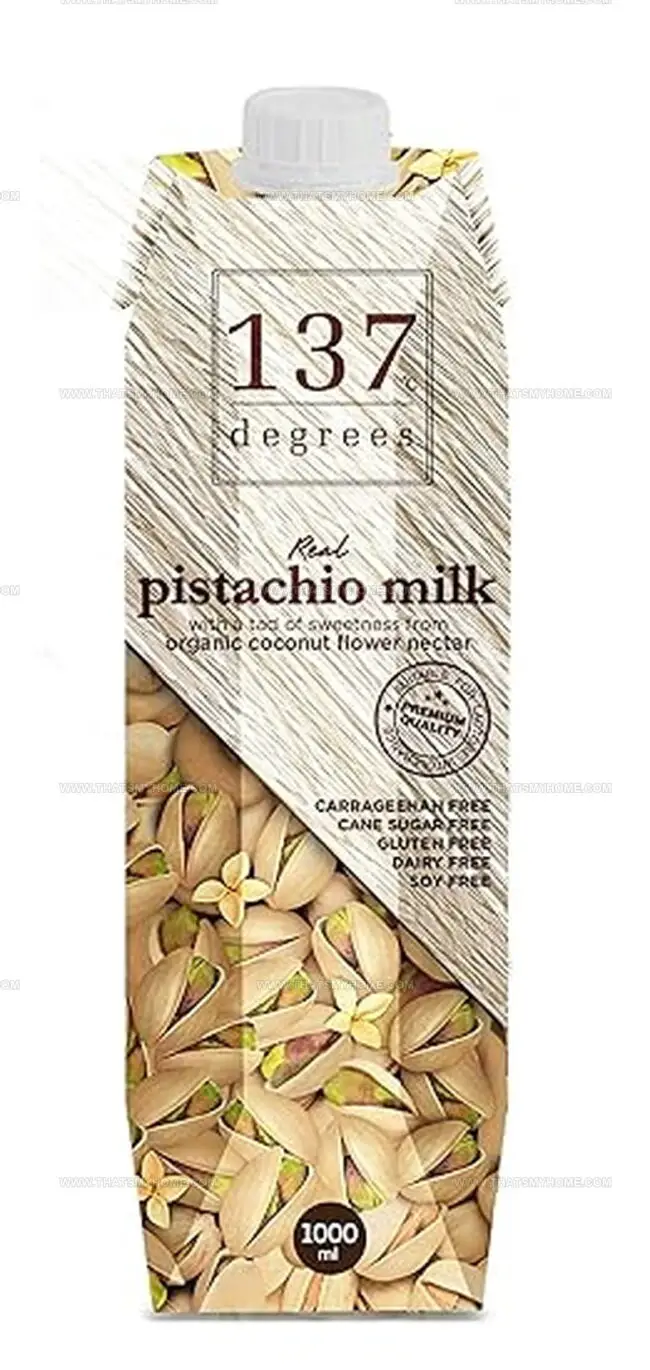
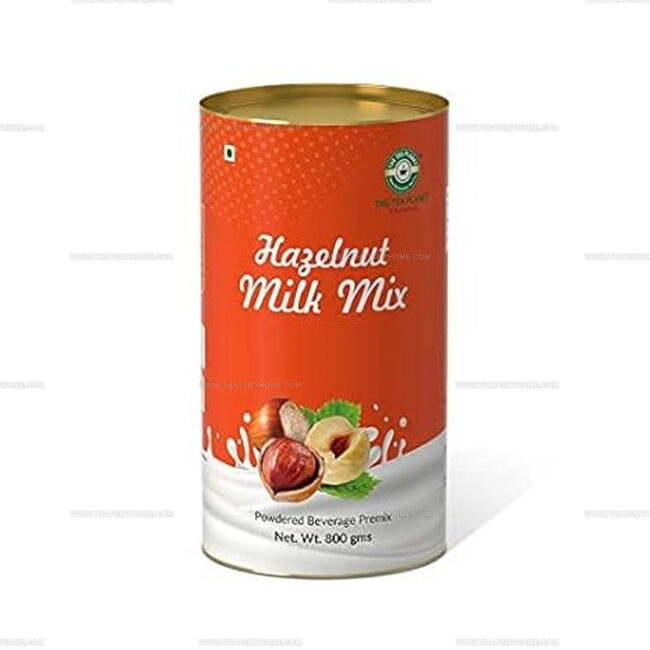
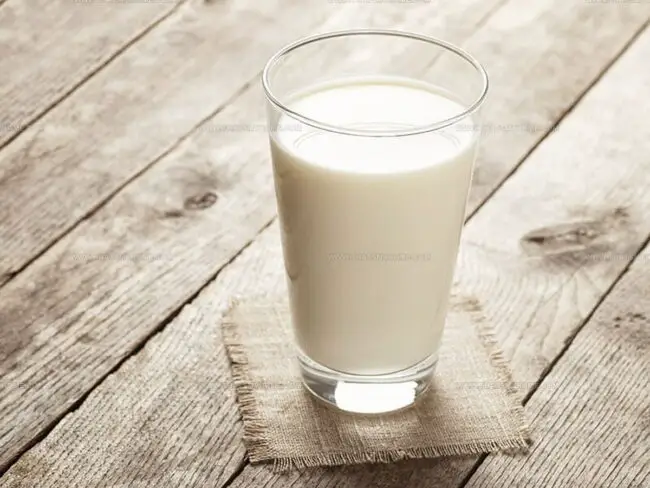
Michael Rivera
Co-Founder & Culinary Instructor
Expertise
Education
The French Culinary Institute (now part of the International Culinary Center)
Michael Rivera is a seasoned chef and culinary instructor based in San Francisco, CA. Trained in Classic Culinary Arts at The French Culinary Institute, he refined his skills in Michelin-starred kitchens, mastering classic French techniques and artisanal bread baking.
Passionate about making gourmet methods accessible, Michael co-founded thatsmyhome.com to share his expertise through interactive online lessons and innovative, plant-based recipes. He loves blending traditional techniques with modern ideas, encouraging home cooks to enjoy the art of cooking in a relaxed, fun environment.